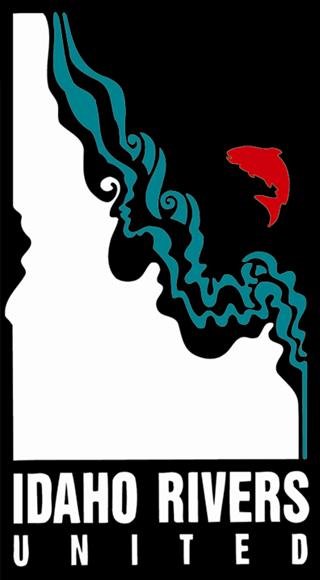Public Comment Opportunity for Black Rock Land Exchange
The public comment period for the Black Rock Land Exchange draft environmental impact statement (DEIS) has opened and will last until the 5th of July. A full EIS is due to be completed in order to study the impacts of the land exchange proposed by the J.R. Simplot Company with federally owned lands managed by the BLM. 719 acres of federal land would go to Simplot and 667 acres of private land would go to the BLM. Both parcels of land in the proposed deal are within the ceded area of the original Fort Hall Reservation. Any public land within the ceded area allows for the Tribal uses of wood gathering, livestock grazing, hunting, and harvesting.
Simplot wishes to swap lands with the Federal Government in order to expand their Don Plant, a phosphate ore processing facility located on the outskirts of Pocatello and partially within the Shoshone-Bannock’s Fort Hall Reservation. The plant converts phosphate rock mined throughout southeastern Idaho into phosphoric acid, which is then sold as a fertilizer. This process is not without its waste, with fluoride emissions and phosphogypsum being the major byproducts. The waste is stored in a phosphogypsum stack or “gyp-stack”, meant to contain the material. However, the gyp-stack at the Don Plant is unlined, meaning that the waste ends up leaching contaminants into the groundwater, and into rivers and streams downgradient, where the groundwater meets the surface. The detection of elevated levels of phosphorous, heavy metals, and radionuclides in the Portneuf River and springs directly downgradient from the plant warranted the creation of the Eastern Michaud Flats (EMF) Superfund site in 1990.
Extensive clean-up operations have occurred at the EMF site since, yet ongoing leaching from Don Plant operations, as well as legacy pollution from an adjacent decommissioned phosphate operation included in the Superfund site, continue to pose serious concerns to the health of water and soil resources in the area. Some of the current major concerns are fluoride emissions that concentrate in vegetation and phosphate that causes nutrient loading in the Portneuf River. Decades of nutrient loading has led to low dissolved-oxygen levels in the river that compromise its health and functionality and kill fish and other aquatic forms of life. The river, along with the pollutants seeping into it, flows into American Falls Reservoir, which is a favorite recreation destination for many in the area. The low-lying area near the reservoir, known as the Bottoms, is an important site for traditional and ceremonial Tribal activities. There is concern by those that rely on the health of these areas that not enough is being done to curtail and monitor pollution coming from the Superfund site.
The land exchange would allow for Simplot to construct cooling ponds to reduce fluoride emissions, something that both the EPA and Idaho Department of Environmental Quality have instructed. The increase to the plant’s acreage would also allow for the construction of a new gyp-stack, which would allow for phosphate processing operations to continue into the foreseeable future, as the current gyp-stack is reaching capacity.
The proposed land swap has been opposed by the Shoshone-Bannock, who see the expansion of plant operations as further jeopardizing a water source and landscape that they rely upon. In fact, this EIS was born out of a successful Tribal challenge in court to a BLM decision that had initially resulted in a finding of no significant impact (FONSI) of the proposed land swap. The Idaho District Court remanded the decision and required the current EIS, which will fully consider the land swap and the effects of a new gyp-stack.
Opportunity to comment during the 45 day public scoping period is underway, and will close on July 5th. During this time, the public can submit comments, which the BLM will take into consideration as they create their DEIS.
Click here and here to read background information pertaining to this article.
Click here to access the BLM project website and submit a comment.
Photo Courtesy of Wikimedia Commons

